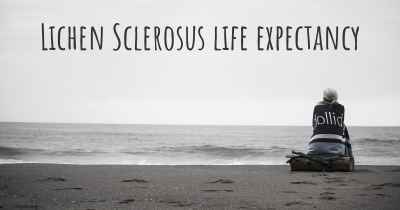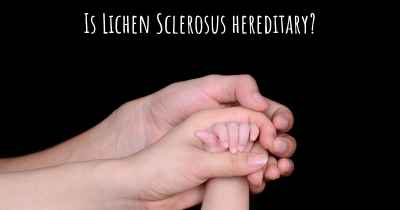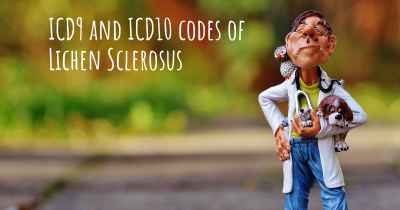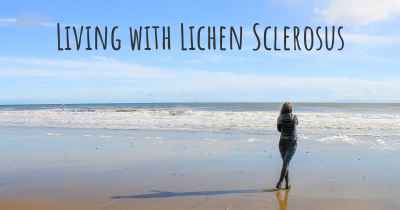What is the history of Lichen Sclerosus?
When was Lichen Sclerosus discovered? What is the story of this discovery? Was it coincidence or not?
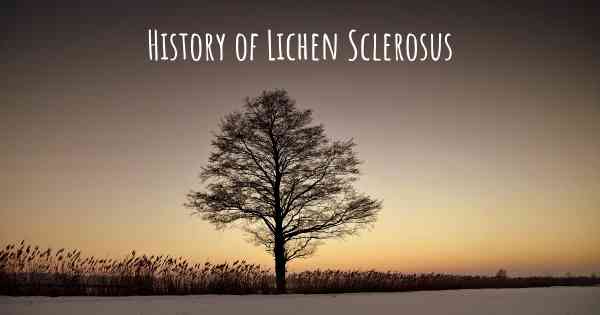
Lichen sclerosus is a chronic inflammatory skin condition that primarily affects the genital and anal areas. It is characterized by the formation of white, shiny patches on the skin, which can cause itching, pain, and discomfort. Although the exact cause of lichen sclerosus is unknown, it is believed to be an autoimmune disorder, where the body's immune system mistakenly attacks healthy tissues.
Historical Background:
The history of lichen sclerosus dates back to the late 19th century when it was first described by dermatologists. The condition was initially referred to as "white spot disease" due to the characteristic white patches it caused on the skin. However, it wasn't until the early 20th century that the term "lichen sclerosus" was coined by dermatologist Dr. Moriz Kaposi.
Early Observations:
In the early years, lichen sclerosus was primarily observed in postmenopausal women, leading to the misconception that it only affected this population. However, further research revealed that the condition could also occur in men, children, and premenopausal women.
Recognition as a Distinct Condition:
Throughout the 20th century, lichen sclerosus gained recognition as a distinct dermatological condition. Dermatologists and researchers began studying its clinical features, histopathology, and treatment options. The understanding of lichen sclerosus improved significantly, leading to advancements in diagnosis and management.
Autoimmune Nature:
In the 1970s, researchers started investigating the autoimmune nature of lichen sclerosus. They discovered that the condition was associated with the presence of autoantibodies, which are antibodies that mistakenly target the body's own tissues. This finding provided valuable insights into the underlying mechanisms of the disease.
Link to Other Conditions:
Over time, lichen sclerosus was found to be associated with other medical conditions, such as autoimmune diseases (e.g., thyroid disorders, vitiligo), infections (e.g., human papillomavirus), and certain malignancies (e.g., squamous cell carcinoma). These associations helped researchers understand the potential risk factors and comorbidities associated with lichen sclerosus.
Advancements in Treatment:
As our understanding of lichen sclerosus deepened, treatment options evolved. Initially, topical corticosteroids were the mainstay of therapy. However, the long-term use of corticosteroids posed risks, including skin thinning and potential side effects. As a result, alternative treatments, such as calcineurin inhibitors and ultraviolet light therapy, were explored and found to be effective in managing the condition.
Current Research and Future Directions:
Today, ongoing research aims to further unravel the underlying causes of lichen sclerosus and develop more targeted treatments. Scientists are investigating genetic factors, immune system dysregulation, and environmental triggers that may contribute to the development of the condition. Additionally, efforts are being made to raise awareness about lichen sclerosus, improve early detection, and enhance patient care.
In conclusion, lichen sclerosus has a rich history of recognition and understanding. From its initial description as "white spot disease" to its recognition as a distinct autoimmune condition, the understanding and management of lichen sclerosus have come a long way. Ongoing research and advancements in treatment offer hope for improved outcomes and quality of life for individuals affected by this chronic skin condition.
Posted Oct 8, 2017 by Cindy 3050
Posted Oct 9, 2017 by annie-mcg 2000
Posted Aug 25, 2018 by Tbreck 2500
Posted Oct 11, 2018 by Allicia 2500
Posted Apr 26, 2019 by Kelly 3100
Posted May 26, 2019 by Emma 3560
Posted Aug 22, 2019 by Diann 2500
